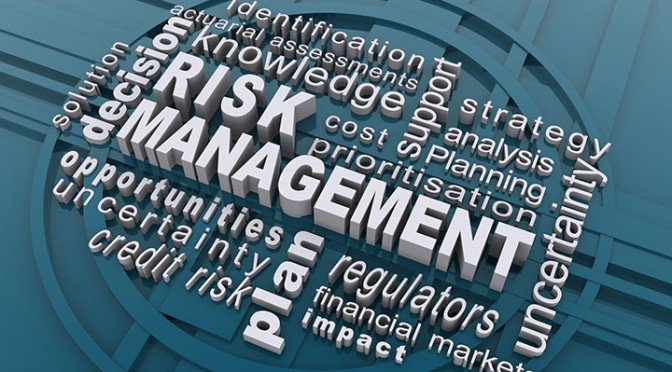Social media can be a great tool to help expand your business, but it can also harm your organisation if you are not properly prepared.
Seventy-four per cent of board members believe that reputational damage is the most concerning repercussion of an incident, according to research from the Economic Intelligence Unit.
Regardless of your organisation’s size, your reputation, which is intrinsically linked to your brand, is a precious commodity that is just as important to bolster and protect as your goods and services. Those tasks are made both infinitely easier and more difficult with social media.
As a tool, social media connects your organisation to potential customers around the world. Yet, it can also allow the public to just as easily tarnish your reputation by sharing an ill-conceived or objectionable business decision or action taken by one of your employees. What’s more is that the potential damage that social media can cause is just not immediate, but can linger on for years as an indelible blemish on your organisation’s reputation.
For example, Sainsbury’s experienced a social media backlash after a poster encouraging employees to get customers to spend 50 pence more was accidentally posted in a shop window rather than the staff room in 2014. A picture of the poster was then tweeted, causing social media outrage. Although reputation loss is difficult to quantify in terms of loss of potential revenue and customers, it is surely felt, and the brand will always bear that mark of scandal.
Whilst your organisation may never have to deal with such a visible incident, you may have to address some kind of potentially damaging event. Safeguard your reputation by implementing the following best practices:
- Develop a reputation policy. This should involve a risk assessment to identify any potential gaps that could cause damage to your reputation and create solutions in order to mitigate those risks.
- Establish a brand guide. Compile a brand guide that outlines the tone and visual style that each piece of branded content must adhere to.
- Monitor your reputation. Carefully screen every piece of branded content to ensure that the message is clear and represents your organisation’s values. Monitor what the public is saying about you to adjust your content.
- Invest in insurance. Although it may be hard to find insurance that guards your reputation, you may be able to transfer aspects of your reputational risk to other policies, such as cyber and business interruption.
If you wish to discuss options to insure your organisation against online threats, Bollington can talk you through the different products that may be suitable.








